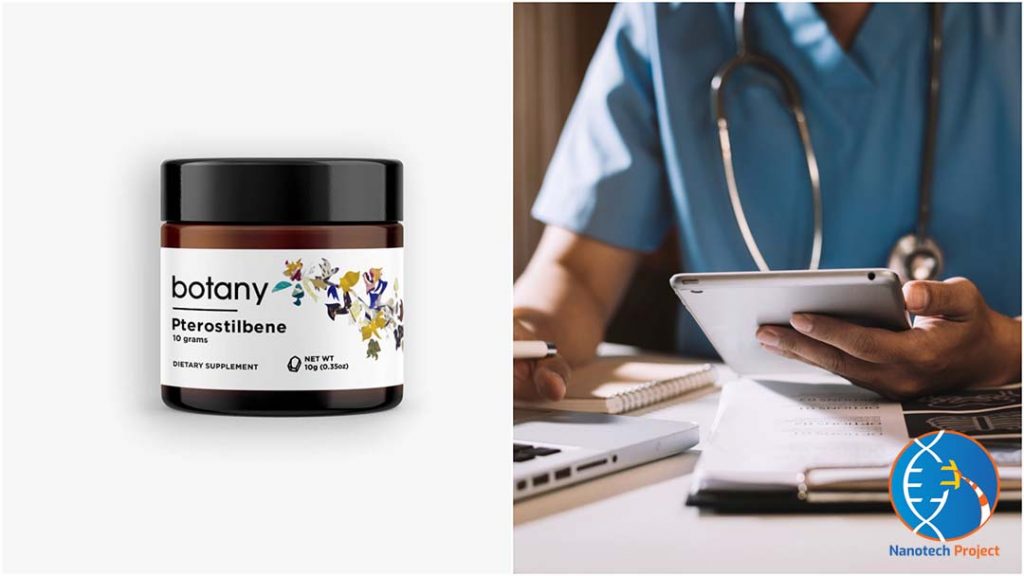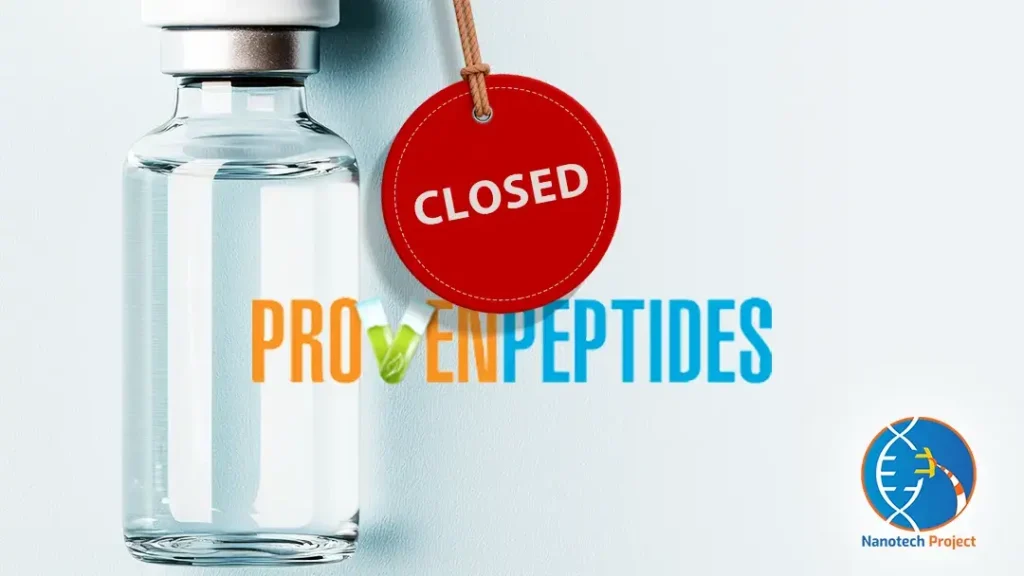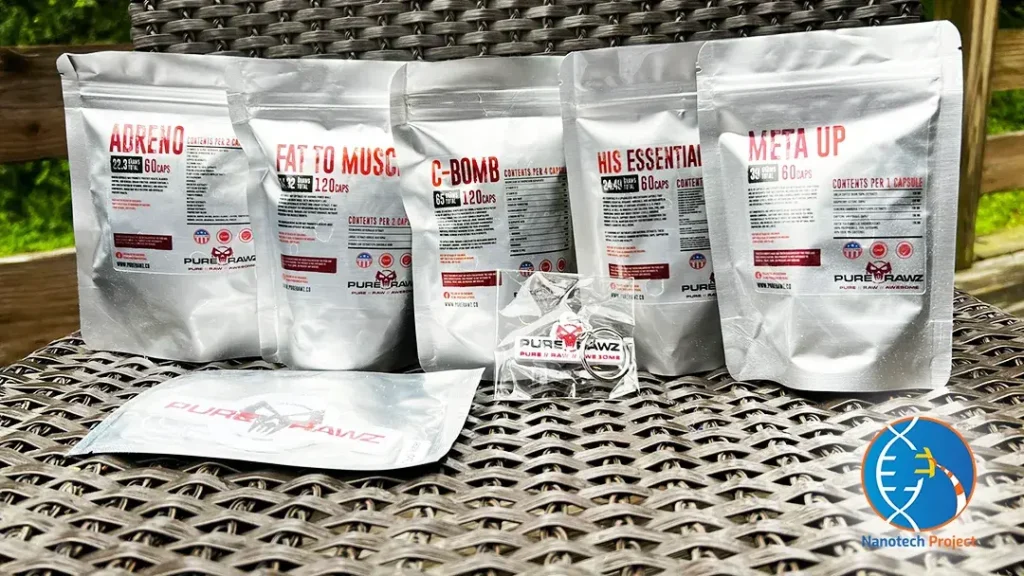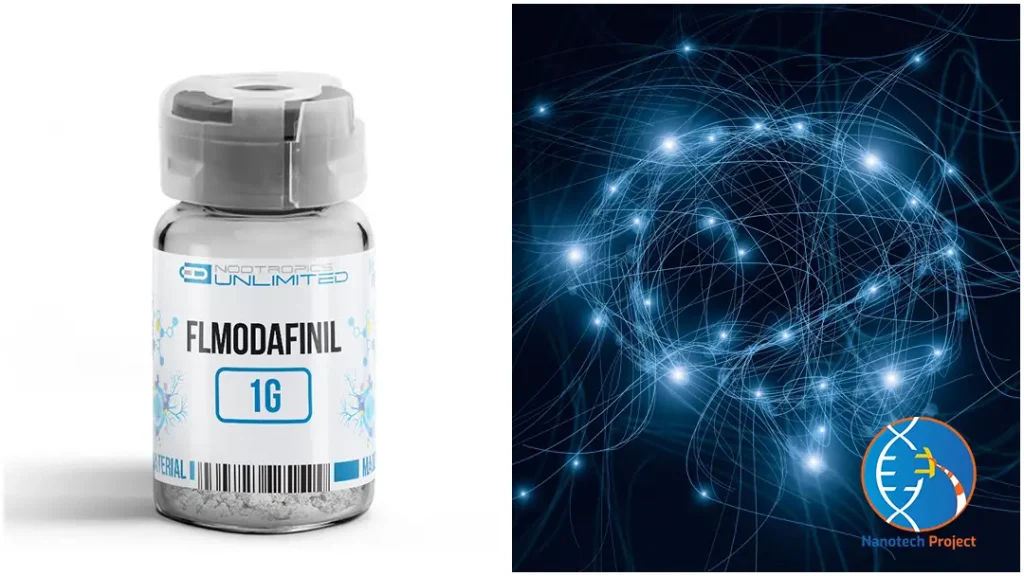Pterostilbene (pronounced terro-still-bene) is a naturally occurring compound. It is found in antioxidant-rich foods like blueberries, grapes, and cranberries. Various studies have shown that it can protect against high blood pressure, high cholesterol, and oxidative stress.
However, despite its apparent benefits, it’s only recently that pterostilbene has started getting the attention it deserves. Even though it’s evident for quite some time that this natural chemical can help humanity in a number of ways. Want to know why that’s the case?
Resveratrol is to blame. A compound found in red vine, resveratrol is structurally similar to pterostilbene and offers similar benefits, too. This means it also has antioxidant, anti-inflammatory, and anti-carcinogenic properties. But that’s where the good news ends for Resveratrol.
Animal studies show that pterostilbene can last in the body for hours. This gives it all the time it needs to come good on its promises. Resveratrol, by contrast, disappears within 15 minutes – meaning, in scientific terms, it isn’t very bioavailable. Which is why researchers are now focusing on pterostilbene.
What Is Pterostilbene?
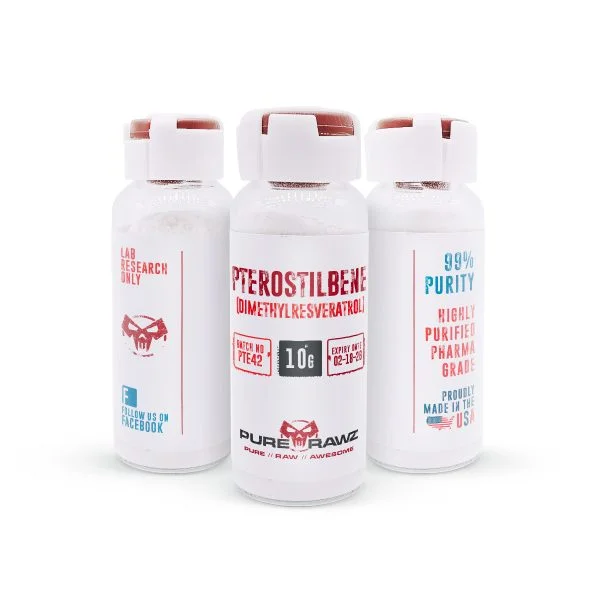
Pterostilbene is an antioxidant compound. It is found in blueberries, cranberries, and nuts. While it’s also found in grapes, pterostilbene doesn’t survive the wine-making process. This differentiates it from its cousin resveratrol, which does make its way into red wine.
Pterostilbene lasts longer in the body than resveratrol because it has only one methoxy group, compared to resveratrol’s two. Methoxy groups play a crucial role in determining a substance’s bioavailability. The higher their number in a substance, the poorer the substance’s bioavailability.
Animal studies show that the presence of the extra methoxy group has restricted resveratrol’s bioavailability to 20%. Pterostilbene, by contrast, is 80% bioavailable. As a result, while you can count on pterostilbene to last in your body for hours. Resveratrol would disappear within minutes.
Pterostilbene is more potent than resveratrol, too. This was established in a trial conducted to study the effects of pterostilbene on azoxymethane-induced colon cancer. The researchers concluded that when compared with resveratrol, pterostilbene was more potent in killing the colon cancer cells.
Pterostilbene Benefits and Side Effects
Let’s have a quick glance at this substance’s benefits and potential side effects.
Benefits
- Improves Heart Health
- Prevents Type 1 And Type 2 Diabetes
- Prevents And Treats Cancer
- Lowers Blood Pressure
Side Effects
- Increases Low Density Cholesterol
- Heightens Appetite
Researchers claim that it’s safe to take up to 500 mg of pterostilbene per day.
How Does Pterostilbene Work?
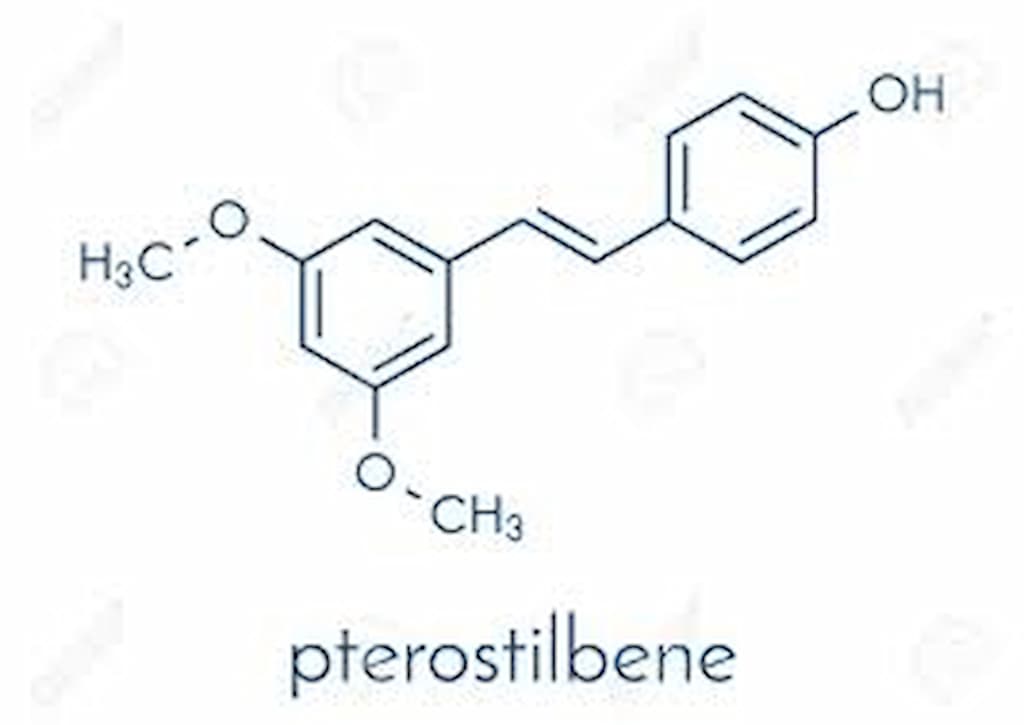
Pterostilbene works to improve the function of normal cells and inhibit the working of malignant cells. This allows it to boost antioxidant, anti-inflammatory, and anti-carcinogenic properties. The multiple benefits that pterostilbene offers are also attributed to this working mechanism.
One study has found that pterostilbene reduces oxidative stress (which may cause diabetes, cancer, and Alzheimer’s). This natural compound also stimulates the production of reactive oxygen species ROS (which plays a crucial role in the immune system), such as hydrogen peroxide and superoxide anion.
Keep in mind that the exact working mechanism of pterostilbene remains unknown. How this natural compound will work inside your body depends on the role it’s playing. That’s precisely the reason why the therapeutic benefits of this natural compound are so many in number.
Pterostilbene Benefits
Pterostilbene offers both preventive and therapeutic benefits. This means it can stop sickness before it starts as well as treat it once it has spread throughout the body. In alternative medicine, it is used to prevent and treat Alzheimer’s disease, diabetes, high blood pressure, and high cholesterol.
That’s not all. Pterostilbene inhibits pancreatic cancer, breast cancer, colon cancer, too. Its antioxidant enzymes are also reported to improve heart health. Dietary pterostilbene is also thought to protect against insulin resistance and slow down the aging process.
Here are the benefits of Pterostilbene:
- Improves Heart Health
- Prevents Diabetes (Type 1 and Type 2)
- May Offer Anti-Cancer Benefits
- Reduces Blood Pressure In Adults
- May Protect Against Alzheimer’s Disease
Let’s discuss all these benefits in detail.
1) Improves Heart Health
According to a 2012 study, pterostilbene offers protection against atherosclerosis. Atherosclerosis is the hardening of arteries due to the buildup of plaque in the arteries’ inner lining. High levels of glucose, high blood pressure, and various other factors may cause atherosclerosis.
Pterostilbene prevents atherosclerosis by inhibiting the buildup of LDL (aka the bad) cholesterol in the arteries. The study also linked pterostilbene to a reduction in oxidative stress. It is an imbalance between antioxidants and free radicals in the body that, if not treated, may cause heart disease.
2) Prevents Diabetes
In animal trials conducted in early 2021, pterostilbene successfully prevented type 1 and type 2 diabetes. Type 1 diabetes is when your pancreas (the body organ responsible for making insulin) produces very little or no insulin. Type 2 diabetes is when the pancreas produces too much insulin.
Most anti-diabetic drugs you see on the market treat one of two types of diabetes. That pterostilbene has shown promise in preventing both might make it a game-changer in humanity’s fight against diabetes, a deadly disease that claimed 1.5 million lives in 2019, estimates the World Health Organization.
3) Prevents Cancer Progression
Pterostilbene inhibits breast cancer, cervical cancer, colon cancer, and lung cancer. It prevents cancer from metastasizing (spreading) in the body by triggering intrinsic mitochondrially derived apoptosis (the death of cancer cells). This promotes the cell viability of healthy cells.
A 2012 study found two more pathways using which pterostilbene inhibits cancer growth. They include the alteration of the cancerous cell cycle and preventing the spread of cancer throughout the body. The researchers also concluded that due to its antioxidant properties, pterostilbene might prevent cancer.
4) Lowers Blood Pressure In Adults
Results from a double-blind, placebo-controlled human study show that pterostilbene lowers blood pressure. The trial involved 80 patients whose LDL cholesterol was 100 or greater at the start of the experiment. Each of them took a placebo or 50 – 125 mg of pterostilbene twice daily for 6-8 weeks.
Patients who took the highest dose (125 mg) had reduced systolic and diastolic blood pressure after the trial. Those who took a low dose of pterostilbene (50 mg) ended up with reduced systolic blood pressure. Both sets of patients also experienced a reduction in body mass index.
5) Might Protect Against Alzheimer’s Disease
According to an animal study, low-dose pterostilbene is a potent neuromodulator in aging and Alzheimer’s disease (AD). The researchers conducted the study to determine whether pterostilbene or resveratrol was more effective in offering protection against AD in a dose-dependent manner.
The study’s results showed that when given in equal amounts and supplemented with similar diets, pterostilbene treatment modulates cognition and cellular stress more powerfully than resveratrol. This makes pterostilbene not resveratrol a better candidate for research into an AD drug.
6) Enhances Endurance Capacity
Pterostilbene might improve exercise performance by boosting endurance capacity, per a study conducted on lab animals. Researchers concluded that taking pterostilbene led to the formation of new blood vessels (angiogenesis), an essential process in skeletal muscle repair.
Researchers also noted that pterostilbene usage helped the animals’ muscles adjust quickly to exercise. And it also led to mitochondrial biogenesis (which helps skeletal muscles adapt to physical activity). This gives rise to hope that pterostilbene could one day earn approval as a muscle-building supplement.
7) Protects Against Age-Related Diseases
Multiple age-related diseases afflict the elderly. They include cardiovascular disease, arthritis, osteoporosis, hypertension, type 2 diabetes, and Alzheimer’s disease. The good news is that pterostilbene has shown promise as an effective anti-aging compound.
According to a 2017 study published in the International Union of Biochemistry and Molecular Biology, pterostilbene can effectively reduce the intensity of multiple age-related disorders. That’s not all. This compound might also prevent the onset of various old-age human diseases.
Pterostilbene Side Effects
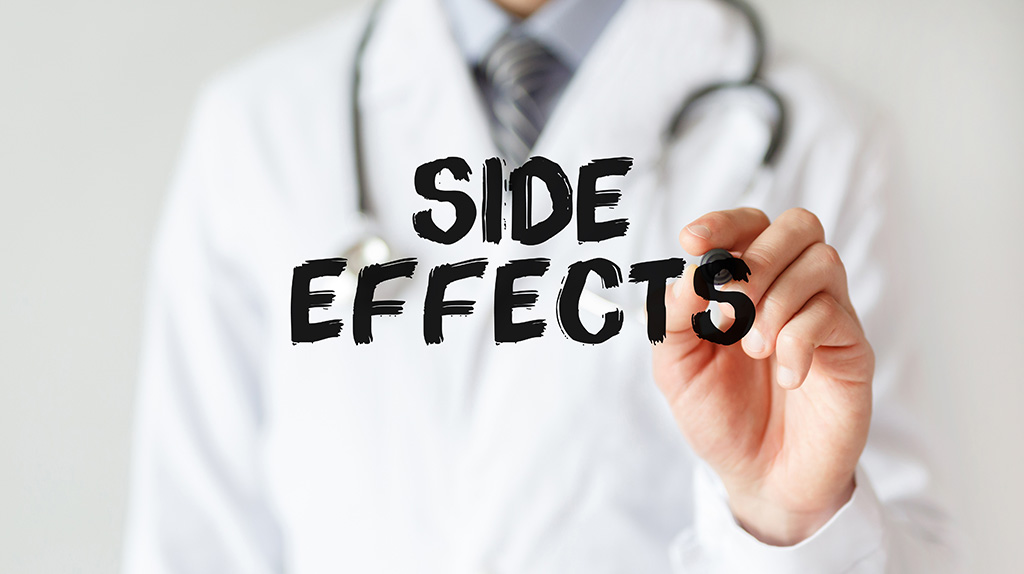
One of the most glaring side effects of Pterostilbene is that it increases low-density lipoprotein. Also known as bad cholesterol, LDL cholesterol is responsible for various diseases, including heart disease. That pterostilbene increases LDL levels (explained below) is alarming.
Other than that, this drug also increases the appetite of its users. This was confirmed in a study (mentioned below) in which users were divided into four groups or ‘arms’. The first three arms that took different amounts of pterostilbene experienced an increase in appetite. The placebo arm didn’t.
Here are the major side effects of pterostilbene use:
- Increases Low Density (‘Bad’) Cholesterol
- Increases Appetite
- Might Interact With Other Medications
Regardless of the purpose you intend to use pterostilbene for, take a minute to go through the list of side effects. This will help you decide what adverse effects this drug is capable of causing and whether you have what it takes to tolerate them. If in doubt, consult your doctor.
1) Increases Low Density ‘Bad’ Cholesterol
A human trial showed that pterostilbene increased LDL cholesterol in people who took 100 or 250 mg per day. All the study’s participants also experienced a reduction in their HDL or good cholesterol levels. This means pterostilbene ended up lowering ‘good’ and raising ‘bad’ cholesterol levels.
The researchers conducting the study claimed they found the increase in LDL cholesterol to be significant, meaning that anybody who already has high cholesterol might want to think twice before they start taking this supplement. Or, at the very least, they should consult their doctor before using it.
2) Increases Appetite
According to a human trial approved by the University of Mississippi Medical Center Institutional Review Board, the appetite of participants who underwent oral supplementation of pterostilbene experienced an increase. By contrast, the appetite of others who took a placebo remained the same.
Unsurprisingly, all the participants who reported feeling hungry more often after taking pterostilbene ended up gaining weight (average 1.7 pounds). This leads us to believe that if you’re on a diet, or planning to go on one in the near future, pterostilbene mustn’t be on the menu.
3) Might Interact With Other Medications
In Vitro and in vivo studies have shown that pterostilbene interacts with other medications. The first one showed it increasing the effect of sertraline; a serotonin booster used to treat depression. The other one found pterostilbene boosting the impact of gefitinib, which is used in chemotherapy.
Both these studies prove one thing. Pterostilbene is likely to interact with other medications, too. That’s why we recommend that you consult with your doctor before start taking this phenol. Acting on this recommendation will help you avoid unwanted and adverse drug interactions.
Pterostilbene Vs Resveratrol

Given the fact that both of them are phenols and are structurally similar, some people think that pterostilbene and resveratrol are the same. That isn’t the case. Both these natural compounds/chemicals have their fair share of differences.
Both these compounds have different bioavailabilities. They are also different in terms of their structure. Although, in this regard, the difference is not as stark as it is in the case of their respective bioavailabilities. And one of them is more powerful than the other.
Here are the major differences between pterostilbene and resveratrol:
1) Both have different structures
Resveratrol has three hydroxyl (OH-) groups on either side of two benzene rings. Pterostilbene has a single hydroxyl group and two methoxy (H3CHO) groups.
Researchers tell us that their different structures are the reason why pterostilbene is more bioavailable than its predecessor. Its different structure is also why pterostilbene is more powerful than resveratrol.
2) Pterostilbene is more bioavailable
According to a study, the bioavailability of pterostilbene is a whopping 85 percent, compared to a meager 20 percent for resveratrol. Why should that concern you?
Due to its greater bioavailability, a higher percentage of pterostilbene will become a part of your bloodstream. This, in turn, would allow it to have a more active effect than resveratrol.
3) Pterostilbene is more potent
Research has shown that pterostilbene is more potent than resveratrol. Especially when it comes to preventing colon cancer induced by azoxymethane.
This conclusion tells us two things. The first is that pterostilbene might be more beneficial to your health than resveratrol, as it’s more potent of the two. The second is that it’s more metabolically stable and can thus hang out in the body for longer periods.
Pterostilbene Dosage
According to a clinical trial conducted in 80 healthy individuals, consuming up to 250 mg of pterostilbene is safe per day. Biochemical analysis on the trial’s participants showed that the compound caused no adverse reactions on kidney and liver cells.
Pterostilbene is mostly available in 100mg capsules. If you act on the recommendation in the last paragraph, this means you might want to take 2 – 2.5 capsules per day. However, if you’re pregnant or nursing, it’s recommended to consult a doctor before you start taking this supplement.
Some people decide to combine pterostilbene with resveratrol. The thinking behind this is that using two supplements with similar anti-cancer, anti-inflammation, and antioxidant properties will benefit the users. You may also see pterostilbene combined with green tea and astragalus.
Where To Buy Pterostilbene?
If you are looking for a high-quality pterostilbene below are the suggested online vendors which is third-party tested:
| Vendor | Rating | Buying Link | Verdict |
|---|---|---|---|
| PureRawz | 4.7/5 | Buy Pterostilbene Dimethylresveratrol from PureRawz | High-quality, trusted vendor |
| RCD Bio | 4.6/5 | Buy Pterostilbene Dimethylresveratrol Powder from RCD Bio | Pure powder, excellent reputation |
Summary
Pterostilbene offers various benefits. This natural dietary compound improves heart health, prevents diabetes, and helps lower high blood pressure. Pterostilbene induced apoptosis (cell death) also kills breast cancer cells and stops various forms of cancer from metastasizing in the body.
However, this compound also has its fair share of side effects. The most alarming of which is that it increases low-density cholesterol. This is bad news, not only for anyone who already has high ‘bad’ cholesterol levels. Even those with their cholesterol levels in control should be concerned about this.
Despite this side effect, researchers have concluded that one can consume up to 500 mg of pterostilbene safely every day. This raises hopes that while this drug does cause adverse effects, sticking to the recommended dosage might allow you to sidestep those risks.
All in all, then, pterostilbene is a promising supplement.
